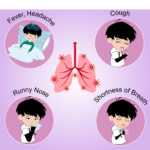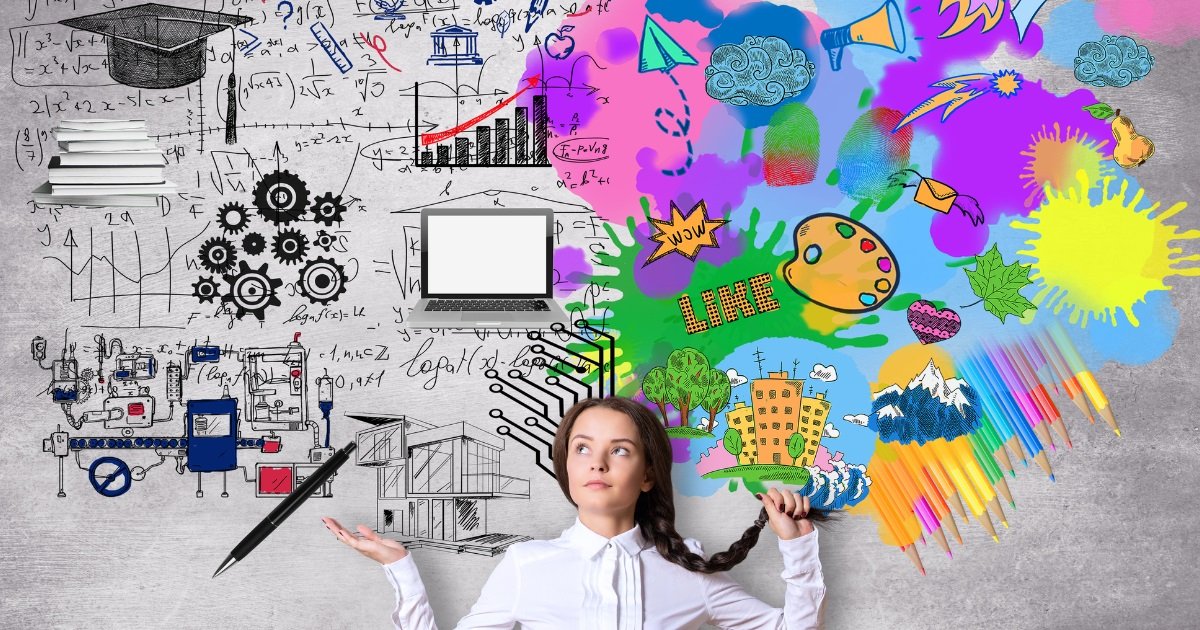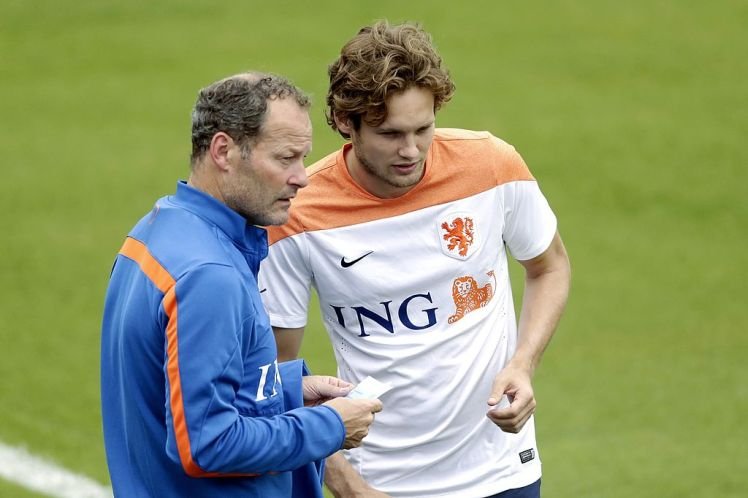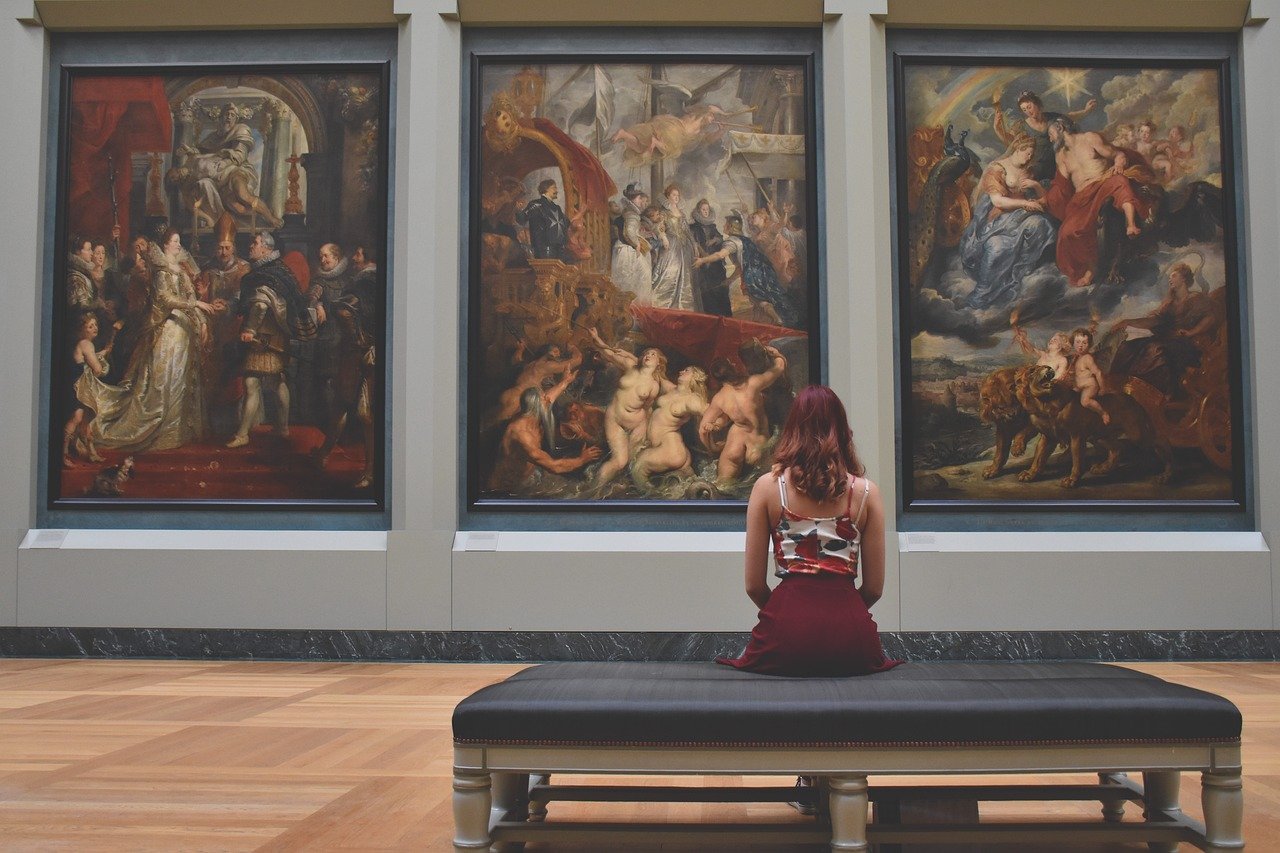Creativity – the ability to come up with something new or unique – is an essential tool in today’s world. Whether you are an artist, a scientist, a writer, a researcher, an entrepreneur, or a leader, creativity is an invaluable asset for continued success. When it comes to creative achievements, it is not necessarily about having a natural affinity for creative thoughts but instead about having the right strategies and techniques to unlock your hidden creative potential. Fortunately, creativity is a learnable skill, and this article will provide 10 tips to help you strengthen your creative muscles and improve your creativity.
What Is Creativity?
Creativity is a broad concept that encompasses almost any practice or activity that involves ingenuity, imagination, or originality. It is the process of developing ideas, problem-solving, expressing emotions, planning, creating artifacts, and developing insights. In essence, creativity is about connecting the dots and producing something novel yet useful.
This 10-step guide is aimed to help people understand what creativity is and develop the skills and techniques to become more creative.
Understanding Your Creative Strengths and Weaknesses
The first step to improving creativity is to assess where you are now. Creative strengths and weaknesses differ from person to person, and some tendencies are relatively easier to identify than others.
The mappers and writers tend to favor writing techniques such as brainstorming, mind-mapping, and clustering, but visual artists may utilize sketching, painting, sculpture, or digital design. Architects may favor model-making, software like CAD, or systems thinking.
- Consider your natural interests, your preferred cognitive processes, and what has worked for you in the past. What kind of informal activities do you engage in to access your creativity? Mind-mapping? Sketching? Writing? Singing? Dancing? Hands-on tinkering? Vocalizing your ideas?
- Now that you have identified your strengths and weaknesses, you can hone in on areas in which you want to focus on improving your creativity. Maybe you want to create a painting or illustration based on a sketch you drew in your notebook. Possibly you want to develop a unique solution to a problem in your field.
This is an opportunity to be specific and intentional about what you want to accomplish. Write down your goals and refer back to them whenever you hit a creative block.
Set Aside Time to Be Creative
To tap into your creative potential, you need to dedicate time to be creative. It is easy to feel overwhelmed or intimidated when we tell ourselves that we have to come up with something new and innovative. Instead, start with short bursts of creative activity – just focus on playing and discovering.
You don’t have to limit yourself to a specific time– you can set aside a whole day or even an hour just to be creative. Don’t restrict yourself to one format: experiment with music, writing, photography, video, visual and 3-D art.
Reduce Creative Blocks
Creative blocks can be debilitating, but don’t despair if they strike. Take a step back and acknowledge the feelings of frustration and helplessness. Finding ways to manage creative blocks is an important part of improving your creativity.
One strategy to reduce creative blocks is to practice accepting them. Instead of seeing them as obstacles that will prevent you from creating something unique and interesting, understand that creative blocks are part of the creative process. They can give you an opportunity to re-evaluate your objectives and objectives and find new ways to approach the problem.
Engage in Behavioral Activation
Behavioral activation is a technique designed to help people to become actively engaged with the world. It is the idea of moving forward by taking small steps that are linked to a greater goal. Behavioral activation helps to break through creative blocks, enhance motivation and reduce procrastination.
Start small and increase the complexity of your task as you become more comfortable with the pace of development. Committing to a series of small actions allows you to take control of your development. Don’t forget to reward yourself for the small steps you have taken.
Go Hunting for Inspiration and Ideas
Inspiration can often come from unexpected sources. Attend lectures, visit exhibitions, and explore environments outside of your usual realm. Being around new stimuli can spark ideas and help to get the creative juices flowing.
You can also draw inspiration from everyday tasks: walking the dog or making dinner can be unexpectedly creative processes. Use your smartphone to photograph objects or vistas that catch your eye. Listening to music or podcasts while drawing or writing can also help to open up the creative channels in your brain.
Work with a Space That Is Conducive to Creativity
Choosing the right creative space can make or break your creative experience. A cluttered desk or workspace can be distracting and reduce productivity. Set yourself up in an environment free of distractions so that you can focus on the spark of creativity.
Ensure you have the right tools on hand, such as paper, pens, a laptop or canvas, and any other equipment you need. The amount of natural light can also help to boost your energy levels.
Develop the Confidence to Act on Your Ideas
Having confidence in what you have created and the ability to effectively communicate is fundamental to developing creativity. Develop confidence in your expertise and trust that, if you remain open-minded, committed, and consistent in taking continuous small steps, you can realize your creative goals.
Building confidence requires practice. Set yourself realistic goals and provide external validation if necessary. Remember: the more confident you are in your own ideas, the more likely you are to succeed.
Conclusion:
Ultimately, creativity is a skill that can be developed through practice. Start by understanding which creative-thinking processes work best for you and examine where you want to go with your creativity. Set aside time to practice and explore and give yourself room to experiment with new techniques. Furthermore, reducing creative blocks, engaging in behavioral activation, and developing a space conducive to creativity can help to strengthen your creative muscles. Above all, have the confidence to act on your ideas and trust that you are capable of what you create.










